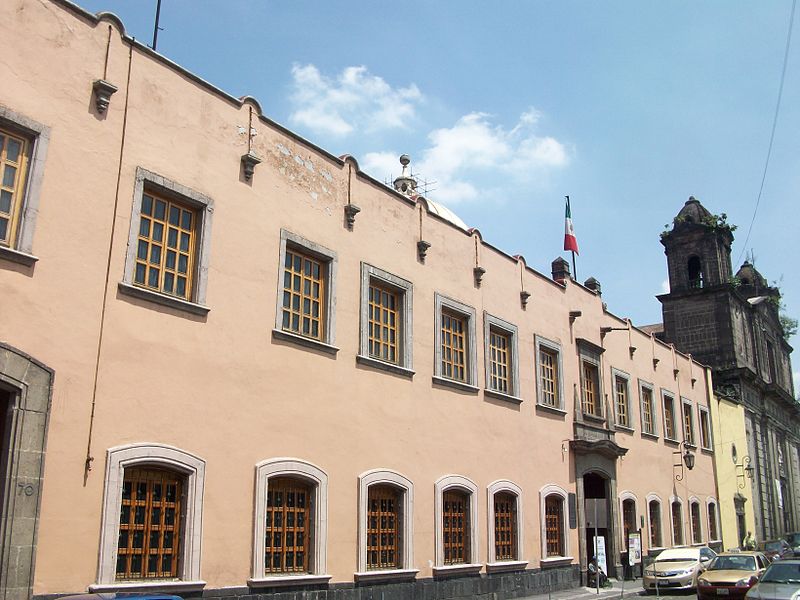

The Universidad Vicente Obrera de México “Vicente Lombardo Toledano” is a public higher education institution located in the historic center of Mexico City. It was founded in 1936 by the trade unionist and politician Vicente Lombardo Toledano, in honor of whom the university was later renamed.
History
Since the beginning of the 20th century, with the foundation of the Casa del Obrero Mundial in 1912, the idea had been raised of creating a college of higher education focused on bringing higher education to the working class, training union leaders and spreading among the population. workers’ own rights. The main antecedent of the institution was the creation of the Asociación Pro Cultura Nacional in 1933 and the foundation of the Gabino Barreda University, which was dissolved in 1936 in favor of the newly created National Polytechnic Institute. The furniture corresponding to the Bacteriology, Chemistry and Engineering schools was donated to the IPN, while the rest of the institution was restructured by Vicente Lombardo Toledano to found the Universidad Obrera de México on February 8, 1936.1 2
In 2015, the university enrollment was close to 5,000 students.3
Installations
The university building is located in the historic center of Mexico City, at calle de San Ildefonso number 72. It was built in 1612 by the Compañía de Jesús as a school for the education of indigenous people. In 1853 it was part of the National College of Agriculture, in 1866 it was converted into a school for deaf-mutes and in 1869 a School of Arts and Crafts. In 1884, the workshops of the Correctional School were installed in the building and later the National Newspaper Archive was established. In 1964 the building became the property of the Universidad Obrera de México.4
The building that currently occupies the Universidad Obrera de México was initially built by the Compañía de Jesús with the purpose of dedicating it to the education of indigenous people and was named Colegio de San Gregorio; Its construction began in the year of 1612.
At present it has been located in the area called “Historic Center of Mexico City”, which was established from the discovery works of the Templo Mayor, in the year 1980. This important archaeological center is located near the Palace Nacional and the Metropolitan Cathedral, and it is the most important vestige that leads us to the very foundation of México-Tenochtitlán, which occurred in the year 1325.
The Universidad Obrera de México is located in calle de San Ildefonso, number 72, between the church of Loreto, a magnificent neoclassical work from the beginning of the 19th century, and the old Colegio de San Pedro y San Pablo, built in the 16th century. In the same block there is also the temple of San Pedro and San Pablo, where the regency of the Treaties of Córdova ordered that the First Congress of independent Mexico be established in 1824; for some time it housed the Military College; it was a food depot for the invading army of Napoleon the Little. In 1884 the workshops of the Correctional School were installed, and later, the National Newspaper Library, dependent on the National Autonomous University of Mexico, which operated until 1980. It currently houses the Museum of the Constitutions.
By 1829, the building of the College of San Ildefonso, of San Gregorio, had passed into the hands of the laity, its first rector being Juan Rodríguez Puebla, an eminent figure of the great liberal current, who was the son of a “water carrier ” He studied Latin and philosophy, a law degree, and a master’s degree in arts. When he took over the college, he introduced new chairs, modernized school textbooks, and established the first class of theoretical and practical agriculture. He also founded the teachers’ academy to study Mexican antiquities; He created the music and literature academies and the first gym class in Mexico. He established a library that was considered the best of his time, which was frequented by Francisco Zarco, Leona Vicario, Guillermo Prieto, Ignacio Ramírez and Benito Juárez himself.
Rodríguez Puebla joined his students in the defense of our homeland and fought against the Yankee invader in 1847, participating in the fortification and defense of the Cerro del Peñón. He was a federal deputy three times and his grave is in the temple of Loreto.
The building that occupies the Universidad Obrera de México was part of the National College of Agriculture in 1853. In 1866 it was the School for the Deaf and Dumb; School of Arts and Crafts, in 1869. Later it was used as an orphanage. It housed Manuel Tolsá’s foundry workshop, where the equestrian sculpture of Carlos IV, popularly called “El Caballito”, came from. In recent times it had several uses, including that of a hospital for federal employees. When in 1964, by the presidential decree of Lic. Adolfo López Mateos, the Universidad Obrera de México was given usufruct, it was almost in ruins. It was thanks to the workers and former students of the same, who organized a series of “Red Saturdays” to restore it, which is now at the service of union education for the working class.
The Universidad Obrera de México has as historical antecedent the Asociación Pro Cultura Nacional, founded in 1933 and made up of professors of recognized scientific and pedagogical merit at the national level, such as Dr. Vicente Lombardo Toledano and Dr. Antonio Caso; Jesús Silva Herzog, Xavier Icaza, Palma Guillén and Ricardo J. Zevada; biologists Isaac Ochoterena, Leopoldo Ancona and Antonio Ramírez Laguna; the engineer Arturo Martínez Adame; as well as the painters and engravers David Alfaro Siqueiros, Leopoldo Méndez, Jorge Enciso and Xavier Guerrero; the writer Agustín Yáñez and many other personalities of great significance within the cultural panorama of the 20th century.
The Association “Pro Cultura Nacional” founded the Preparatory School “Gabino Barreda” and later the University “Gabino Barreda”. When the National Polytechnic Institute was created, the Association “Pro Cultura Nacional” decided that the “Gabino Barreda” University should finish its work and deliver to the nascent institution the scientific implements and devices of the Bacteriology, Chemistry and Engineering schools Municipal. At the same time, it was agreed to establish the Universidad Obrera de México, which was founded on February 8, 1936, in an act attended by representatives of all national union organizations.
The purpose that encouraged Dr. Vicente Lombardo Toledano in creating this institution was to train leading cadres of the labor movement based on the interests of the working class, so it was necessary to send them the fundamental instruments to better guide their struggles, to through scientific knowledge of social and historical reality. An institution with these aims had been, over the years, one of the great aspirations of the working class since the founding of the Casa del Obrero Mundial in 1912.
When the Universidad Obrera de México was founded, one of the most urgent demands of the organized working class in unions and thousands of workers without any affiliation were met. Such demand was to have an educational institution that would explain how it works and what is the importance of a union; how a federation or confederation is formed; what are the functions of the Conciliation and Arbitration Boards, etc. That knowledge was and continues to be a fundamental principle to be able to fully exercise the right to work, which was already established in article 123 of our Magna Carta and regulated by the Federal Labor Law. Likewise, it was important to bring workers to a clear understanding of the historical development of the economy and of the struggle of the workers and peasants, both nationally and internationally, and the currents of existing philosophical thought.
With these purposes in mind, the curriculum of the Universidad Obrera de México has always been linked to contractual demands, to the rights won, to implant a union democracy with full independence from the employer class, the state or federal governments and of the political parties, and in a permanent update in accordance with the development of scientific and technical applications to production.
These technological advances have not always favored workers or society as a whole, instead hurting living standards, job security, health, housing and fair retirement; They have also ostensibly leaned in favor of the other factor of production, which is the business class, which, in an effort to increase its capital, creates a struggle against its workers, a class struggle. This is very clear in the current process of neoliberal globalization that occurs in our country and in the world.
In this meeting of antagonistic interests, union education and cultural training sufficient to extend, within the framework of legislative progress, class positions regarding political rights play a crucial role, so that, if the parties to the production consider necessary to carry out reforms to the Federal Labor Law, these are carried out based on the rights conquered throughout the history of the labor movement, which has shown that respect for the life of the Nation is of paramount importance union organizations, the foundation of new workers’ entities, as well as the signing of collective work contracts. To accomplish this, honest, democratic and committed leaders are needed to defend the rights of all workers.
This platform of interests is framed in the treaties that the Mexican State has with international institutions such as the Organi
 55 5702 4087
55 5702 4087
 https://www.uom.mx/
https://www.uom.mx/
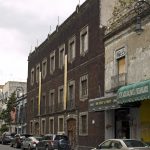
Nearest at 0.09 kms.
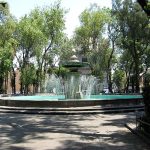
Nearest at 0.10 kms.
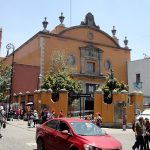
Nearest at 0.11 kms.

The old church of an important early Dominican convent in the Historic Center...
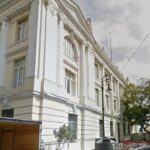
The old School of Law in a much older former convent...
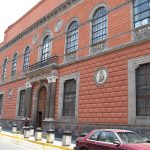
The first Academy and Museum of Fine Arts in the Americas...

One of the most important sites in the city, even today, don't miss the chance to visit the Templo Mayor.

A very old church in Tepito recalls the fall of Ancient Mexico in its very name...